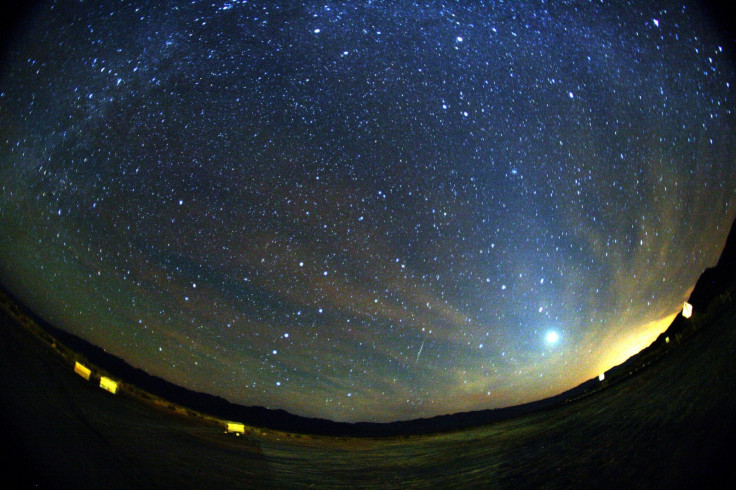The Orionid meteor shower will peak this weekend: Where and when can you see it?
It may be possible to see around 20 shooting stars passing through the sky every hour at peak viewing time.

This weekend, the annual Orionid meteor shower will peak, giving sky-watchers the chance to see dozens of shooting stars as debris originating from Halley's Comet hurtles towards the Earth.
It may be possible to see around 20 meteors passing through the sky every hour at peak viewing time, which is expected to be early Sunday morning between around midnight and 3am (GMT).
The meteors have been visible since the start of October, although they will appear brighter during the peak period. They can be seen right up until the 7 November.
The Orionid meteors are known for their speed, travelling at around 148,000mph. Experts recommend secluded spots far away from city lights for the best viewing. Telescopes and binoculars are not necessary to view the shooting stars as they can be seen clearly with the naked eye.
The Orionids are so-called because they appear to be coming from the direction of the constellation Orion, although they can be viewed over a wide area.
The meteors originate from Halley's Comet. As the space rock journeys through the solar system, the sun's rays strike it, breaking off particles that subsequently hurtle towards the Earth and burn up in the atmosphere – giving the appearance of a shooting star.
Halley's Comet – which comes close enough to Earth to be visible with the naked eye every 75 years – last appeared in 1986 and is expected to be visible from Earth again in 2061.





















